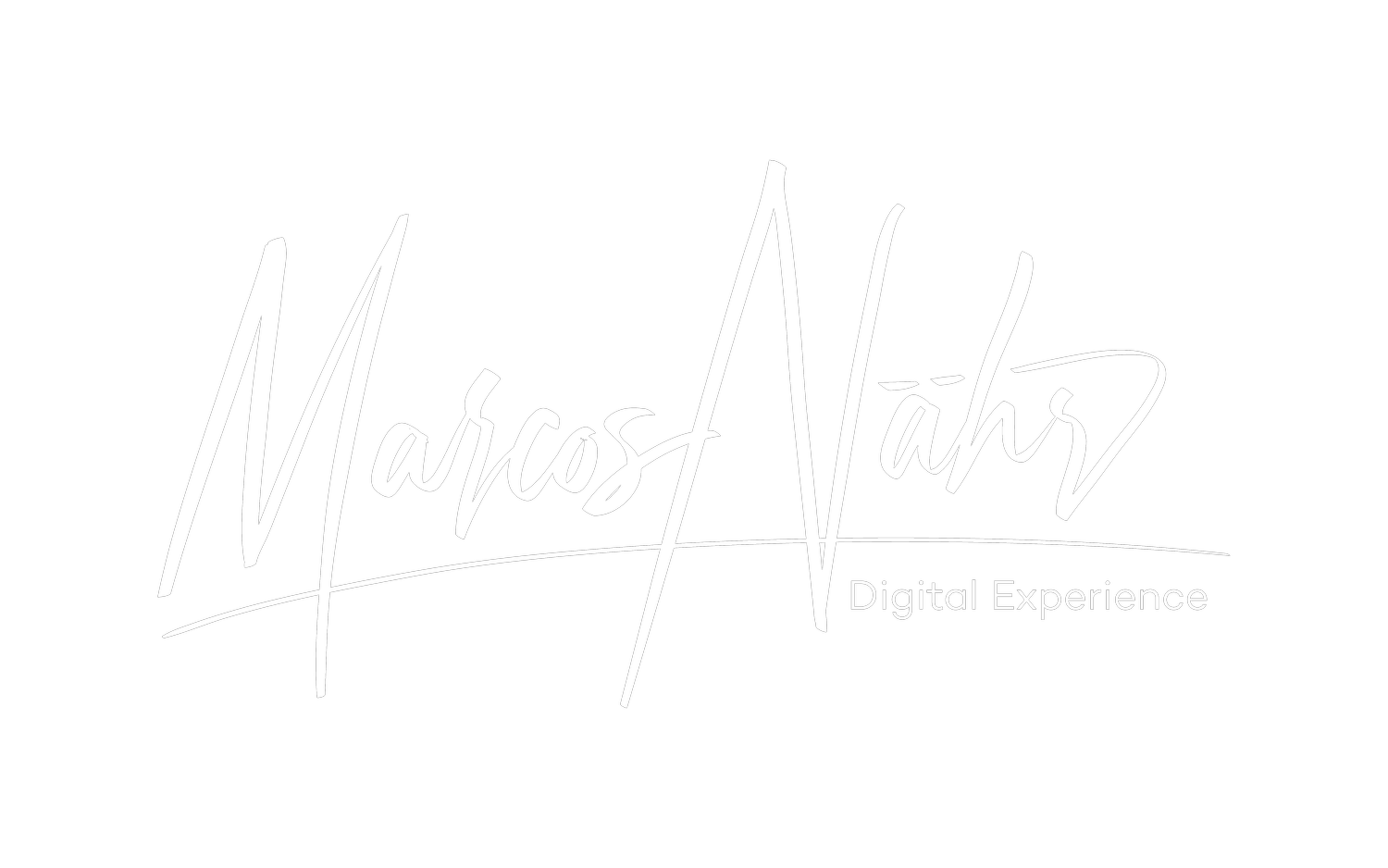Essentials of People Management in UX Design: Key Strategies for Nurturing Design Talent
Effective people management is key to the success of UX initiatives. Nurturing and managing design talent is essential for fostering productivity, motivation, and innovation within UX teams. Implementing core strategies is key to achieving these goals.
Understanding UX Management
UX management involves supervising UX design activities within an organization to promote growth and implement effective management practices. It's about defining the UX strategy, vision, and design language, managing work processes, and ensuring that the entire organization values user needs. Effective UX management aligns strategic goals with design efforts, ensuring that design decisions contribute positively to the overall user experience and business objectives.
Cultivating a Design-led Culture
A design-led culture places the user at the center of every decision, encouraging teams to create emotional bonds with customers. This approach not only enhances user satisfaction but also drives innovation and organizational growth. To cultivate this culture, it is vital to acknowledge the importance of UX resources and align them with organizational goals. A healthy, innovative brand is often a reflection of successful UX management.
Strategic and Tactical Management
UX management operates on two levels: strategic and tactical. Strategically, it involves setting long-term goals, evangelizing UX within the organization, and developing UX processes that align with business objectives. Tactically, it requires hands-on leadership, coaching, and managing daily design challenges. Balancing these dimensions is key to nurturing a productive and innovative UX team.
Nurturing Talent Through Effective Leadership
Effective UX management extends beyond delegating tasks and communicating goals. It involves guiding the team, providing constructive feedback, and creating an environment where team members feel valued and heard. Good managers inspire their teams to excel, fostering a sense of ownership and collaboration.
Empowering the Team
This sense of ownership comes when you empower UX teams. This includes removing barriers, providing support to maintain focus, handling administrative responsibilities, mentoring team members, promoting UX within the company, and fostering a positive team environment. By focusing on team members' growth and learning, managers can create a strong, cohesive team capable of delivering exceptional design work.
Balancing Strategy and Humanity
Managing a UX team effectively requires a blend of strategic thinking and a human-centered approach. Leaders must be able to inspire and guide their team while also being approachable and respectful. Listening to team members and treating them well is as important as strategic planning and problem-solving.
Establishing Best Practices for Managing UX Teams
Creating a user-centered culture and clear design processes is crucial for UX management. This involves establishing efficient workflows, measuring the success of initiatives, and adapting to the challenges of managing cross-functional teams. Balancing user needs with business goals and staying up-to-date with UX trends are also essential for effective management.
Successfully managing and developing UX design talent involves strategic leadership and a design-focused culture. By empowering teams, implementing best practices, and fostering growth, UX managers can cultivate an environment where design talent can thrive and drive innovation, leading to organizational success. Essentially, effective people management in UX design goes beyond task oversight; it involves inspiring and empowering design talent to create user-centered solutions that foster organizational growth.
